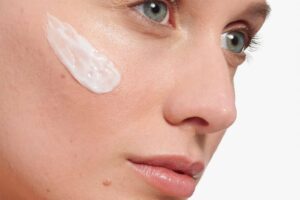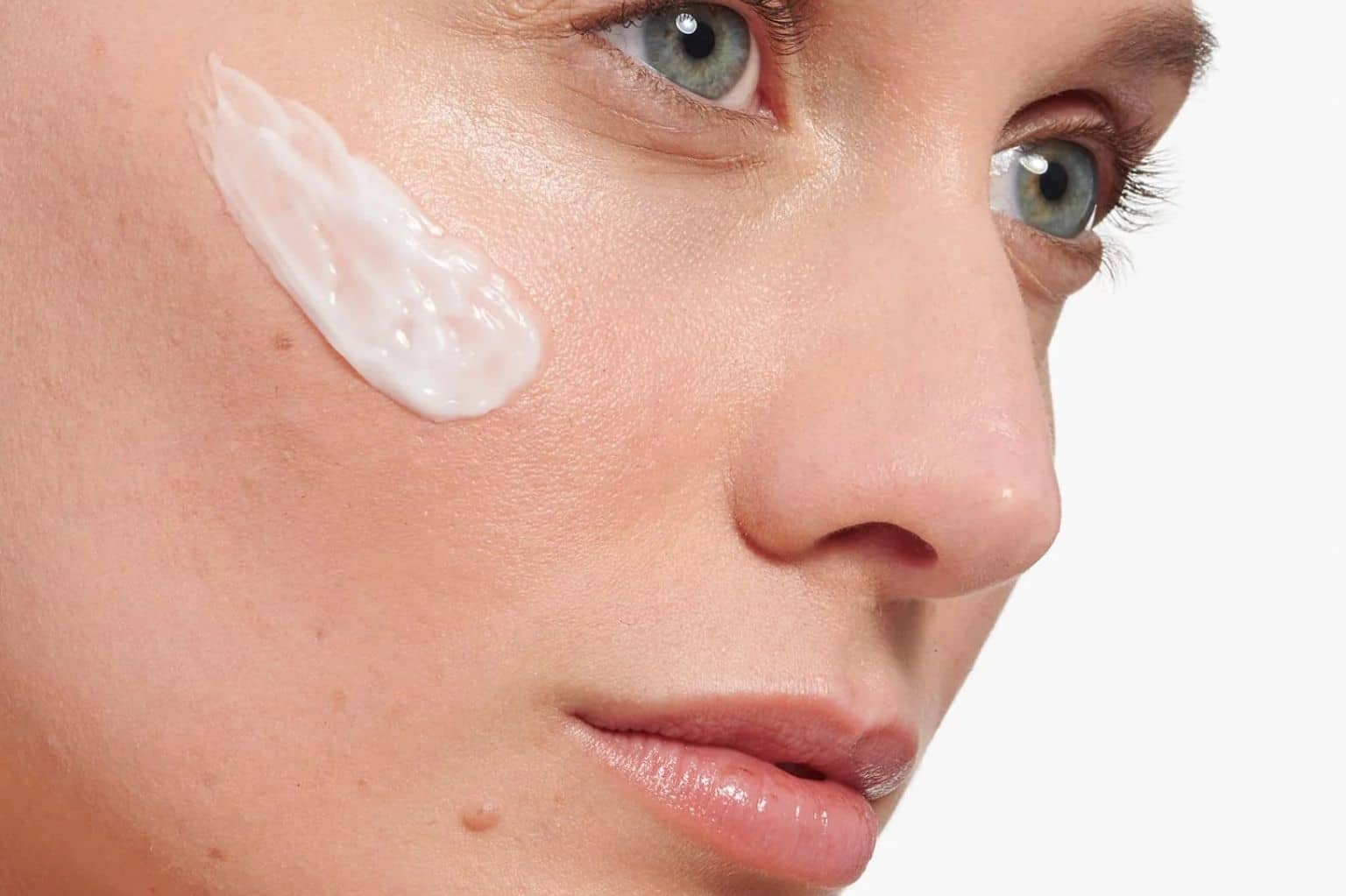Uneven skin tone refers to variations in color and texture across the face or body. It can manifest as dark spots, redness, or patches that are different from the overall complexion.
Uneven skin tone is a term you might hear tossed around in skincare discussions, but what does it really mean? If you’ve ever noticed patches of different colors on your skin or if your complexion appears uneven, you’re not alone. Uneven skin tone can be frustrating, but understanding what it is and how to address it can make all the difference. Let’s dive into the world of uneven skin tone and explore how you can achieve a more balanced complexion.
What is an uneven skin tone?
Uneven skin tone refers to patches of skin that are either darker or lighter than the surrounding areas. This condition can make the complexion appear less uniform and smooth due to factors such as sun exposure, hormonal changes, acne scars, or inflammation. Treatment options include using topical skincare products, undergoing professional treatments like chemical peels or laser therapy, and practicing sun protection to minimize further unevenness.
What is the reason for uneven skin tone?
Uneven skin tone Each cause affects the skin differently, but the end result is often similar—a complexion that looks patchy or inconsistent. Let’s break down the main culprits.
Sun Exposure:
One of the biggest culprits for uneven skin tone is prolonged sun exposure. UV rays from the sun can trigger an increase in melanin production, leading to dark spots or patches known as hyperpigmentation. So, those sunburns and tan lines might be more than just temporary nuisances—they can contribute to long-term skin issues.
Pollution
Pollution refers to the presence of harmful substances or particles in the air, water, or environment. It includes pollutants like smoke, dust, chemicals, and particulate matter. Exposure to pollution can negatively impact the skin by causing inflammation, oxidative stress, and disrupting skin barrier function. Protective measures such as cleansing, antioxidant skincare, and minimizing exposure can help mitigate its effects on the skin.
Hormonal Changes
Hormonal fluctuations, particularly those related to pregnancy or birth control, can also affect your skin’s pigment. Conditions like melasma, which causes dark patches typically on the face, are often linked to hormonal changes. If you’ve noticed that your skin tone shifts with hormonal changes, this might be the cause.
Post-Inflammatory Hyperpigmentation
Post-inflammatory hyperpigmentation (PIH) is a condition where darkened patches of skin appear after an inflammatory event such as acne, eczema, or a skin injury. It happens because of an increase in melanin production in response to inflammation. PIH can persist for weeks to months after the initial injury has healed. Treatment options include topical treatments like retinoids and hydroquinone, chemical peels, and laser therapy to reduce the appearance of hyperpigmentation over time.
Hyperpigmentation and uneven skin tone
Sun damage early in life, especially before the age of 18, can lead to hyperpigmentation later on. Dark spots can develop beneath the skin’s surface over time, indicating deeper damage. Preventative measures like sunscreen and products that promote cell turnover are crucial for improving skin pigmentation and preventing further damage. Resurfacing methods can also help address visible signs of hyperpigmentation effectively.
How do you get rid of uneven skin tone?
To address uneven skin tone effectively without expensive treatments, follow these practical steps:
- Wear Sunscreen Every Day: Protect your skin from further damage by using a broad-spectrum sunscreen with at least SPF 30. Sunscreen helps prevent new sunspots and hyperpigmentation. Look for products with Oleosome technology for enhanced SPF performance.
- Exfoliate Regularly: Remove dead skin cells to treat existing hyperpigmentation. Use a gentle exfoliant daily or consider professional chemical peels. This helps your skincare products penetrate better and work more effectively.
- Use Effective Ingredients: Choose products with activated charcoal for pollutant removal, niacinamide and zinc glycinate for melanin control, and vitamin C, salicylic acid, glycolic acid, AHAs, and retinol to promote skin cell turnover and brightness.
- Be Patient: Achieving a more even skin tone takes time. Typically, it takes at least 30 days to see progress, with significant improvements potentially taking up to four months.
The best products for uneven skin tone

To address uneven skin tone effectively, consider incorporating these top-rated products into your skincare routine:
Dermalogica Daily Glycolic Cleanser
The Dermalogica Daily Glycolic Cleanser is a skincare product designed to exfoliate and renew the skin’s surface. It contains glycolic acid, a type of alpha-hydroxy acid (AHA), which helps to gently remove dead skin cells and improve skin texture. This cleanser is formulated to brighten dull skin, minimize the appearance of fine lines, and enhance skin clarity. It is suitable for daily use and is ideal for those looking to achieve smoother and more radiant skin over time.
Dermalogica Special Cleansing Gel
The Dermalogica Special Cleansing Gel is a gentle, soap-free cleanser suitable for all skin types. It effectively removes impurities without disturbing the skin’s natural moisture balance. Formulated with soothing agents like Quillaja saponaria, it thoroughly cleanses without leaving a residue, making it ideal for sensitive skin. This gel-based cleanser rinses off easily, leaving the skin feeling clean, refreshed, and soft. It is recommended for daily use as part of a skincare routine to maintain a clear and healthy complexion.
Powerbright dark spot Serum
Begin reducing dark spots and enhancing skin health quickly with this advanced serum. It rapidly fades uneven pigmentation and continues to even out the skin tone over time.
Dermalogica Dynamic Face Moisturizer
Dermalogica Dynamic Skin Recovery SPF 50 Face Moisturizer is your daily essential for healthy, protected skin. This sunscreen lotion not only moisturizes but also provides broad-spectrum SPF 50 protection against UV rays. Use it daily to maintain a smooth, youthful complexion while shielding your skin from sun damage.
Read Also: How Do You Use Toner in Your SkinCare Routine?
HOW TO GET RID OF UNEVEN SKIN TONE
When selecting products to address uneven skin tone, it’s crucial to match them with your skin type to avoid exacerbating issues like dryness or acne. Here’s how to choose:
- Dry Skin: Opt for products with water-in-oil emulsions, which contain more oils or lipids than water. This helps to smooth cracked skin and prevent moisture loss. Look for hydrating ingredients like urea, lactic acid, and glycerin to boost moisture levels.
- Combination Skin: Use water-in-oil emulsions for dry areas and oil-in-water emulsions for oily zones. This approach prevents oilier parts from becoming too greasy and avoids clogging pores in dry areas.
- Normal Skin: Choose products that maintain a balance between moisture and oil. A light, water-in-oil emulsion is ideal for daytime use, while a product with more lipids can be applied at night for added hydration.
- Oily Skin: Stick to oil- free or light, oil-in-water emulsions specifically designed for oily skin. Look for non-comedogenic formulas to reduce the risk of clogged pores
Response
Response is crucial for addressing uneven skin tones. To enhance the efficacy of your skincare products, remove dead skin cells by exfoliating twice a week with a suitable exfoliant. Follow these steps:
- Apply the exfoliator to a clean, damp face.
- Gently massage in circular motions to exfoliate.
- Gently rub the exfoliant in circular motions on your face to remove dead skin.
- . Rinse with warm water.
Avoid over-exfoliating to maintain skin balance and prevent worsening skin issues.
At-Home Facials
If you’re looking for budget-friendly options, consider performing facials at home using natural ingredients:
- Lemon Juice: Rich in natural enzymes, lemon juice can help lighten dark spots. Apply it to affected areas for 10 minutes but avoid sun exposure.
- Apple Cider Vinegar and Onion Juice: Mix equal parts of these ingredients to create a lightening mask. Apply to your face for 10-15 minutes before rinsing .
- Garlic: Apply fresh garlic clove to dark spots. Garlic’s properties can help lighten skin, though it may have a strong odor .
- Aloe Vera: Known for its soothing properties, aloe vera can be used alone or mixed with other ingredients like coconut oil or brown sugar for an exfoliating facial .
At-home facials can be done once or twice a week. For the best results, consult a skincare professional about integrating these treatments into your routine
Eat a clean diet.
To effectively treat uneven skin tone, go beyond topical treatments and consider improving your diet. Avoid processed foods that spike blood sugar levels and trigger hormonal reactions, such as white bread, chips, soda, and candy. Instead, incorporate skin-friendly foods like:
- Green tea: is rich in antioxidants that improve skin quality and reduce visible signs of aging.
- Green vegetables: provide vitamins B and E, fiber, and protection against sun damage and free radicals.
- Citrus fruits: are high in vitamin C to reduce pigmentation, repair skin cells, and protect against UV exposure.
- Seafood: contains omega-3 fatty acids that help prevent hyperpigmentation and support skin repair.
Additionally, use physical sunscreen daily to prevent sunspots from darkening and minimize UV exposure if you are prone to melasma. With consistent effort and a balanced approach, you can expect to see dark spots fade and achieve a more even complexion over time.
Read Also: How To Make Skin Toner At Home
Conclusion
An uneven skin tone refers to patches of skin that vary in color or texture, often appearing darker or lighter than the surrounding areas. This condition can result from various factors, such as sun exposure, hormonal changes, acne scars, or aging. It can affect anyone, regardless of skin type, leading to a less uniform appearance and sometimes reduced confidence.
Improving an uneven skin tone involves understanding its causes and using appropriate treatments. Skincare routines should include gentle exfoliation to remove dead skin cells and promote cell turnover, along with targeted products like serums or creams containing ingredients such as vitamin C or retinoids. Sun protection is crucial to prevent further pigmentation issues, emphasizing the use of sunscreen daily.
Frequently asked questions (FAQs)
How can I improve uneven skin tone?
Improving uneven skin tone involves using skincare products with ingredients like vitamin C, retinoids, and exfoliants, along with practicing sun protection and considering professional treatments.
Is sunscreen important for uneven skin tone?
Yes, sunscreen with at least SPF 30 is crucial to protect against UV rays that can worsen pigmentation issues and cause dark spots to darken.
How long does it take to see results in improving uneven skin tone?
Results vary, but it generally takes several weeks to months of consistent skincare and treatments before noticeable improvements are visible.
Can diet affect uneven skin tone?
Yes, a balanced diet rich in antioxidants, vitamins (like vitamin C and E), and omega-3 fatty acids can support skin health and help reduce inflammation and pigmentation issues.







